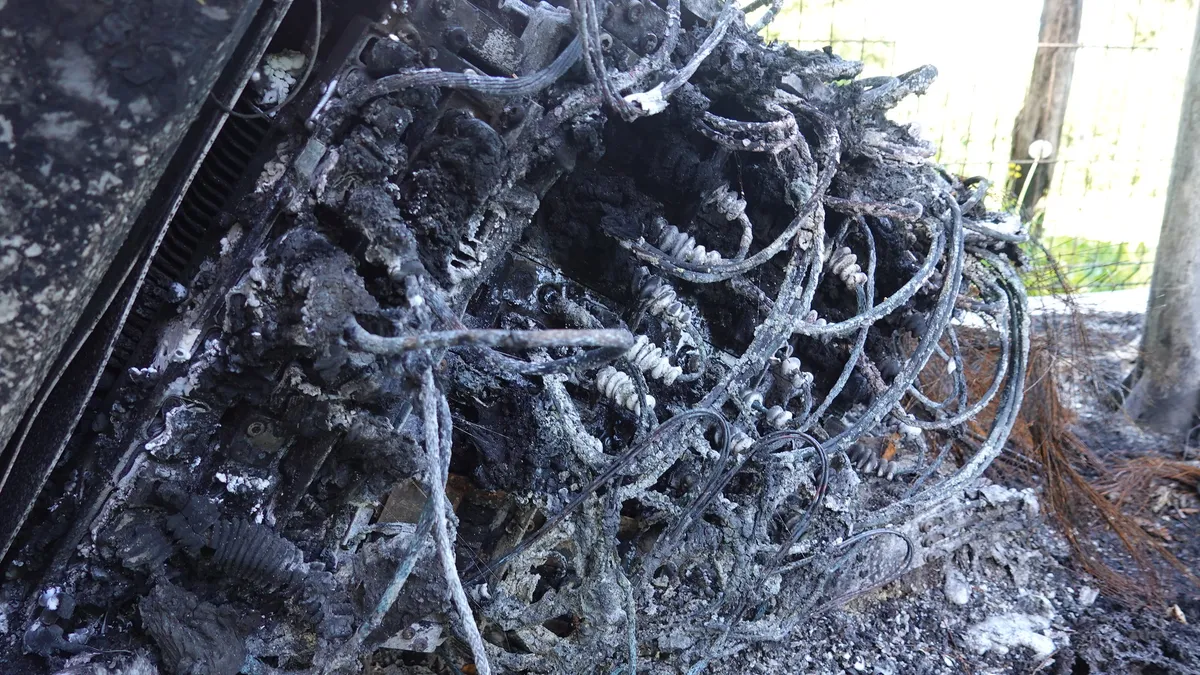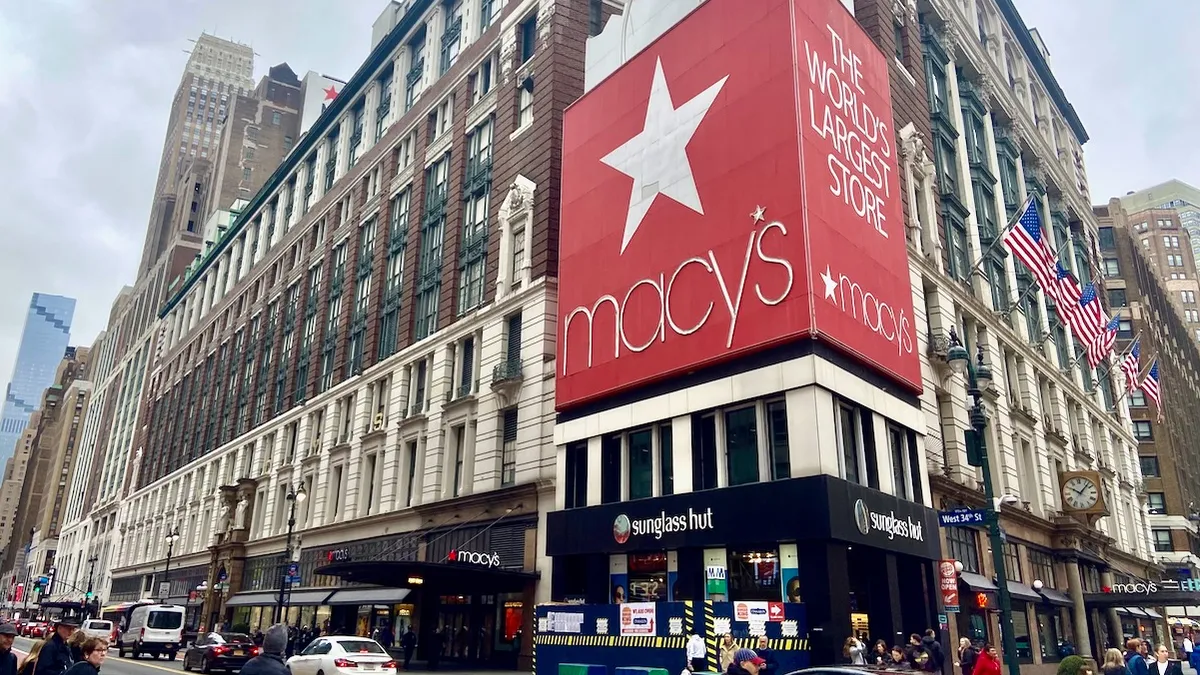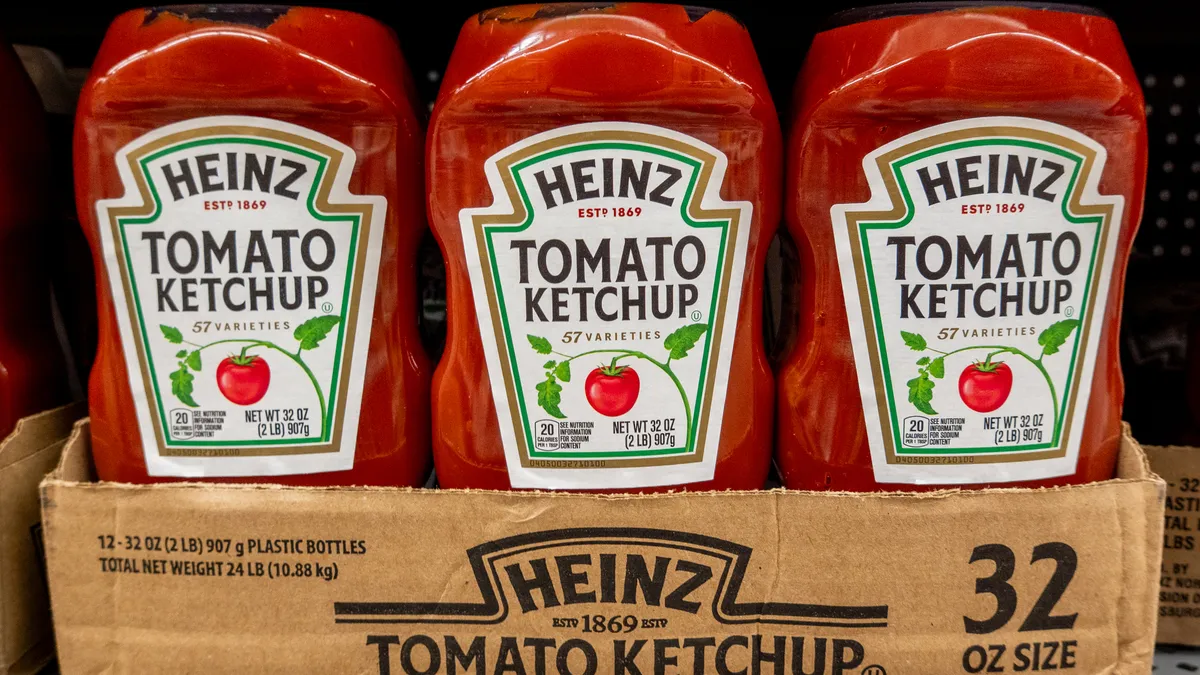It's like a made-for-TV movie. The truck carrying high-cost cargo across the country disappears from the tracking dashboard. The telematics device can't transmit the data. The driver has to call the dispatcher to share location and timing. The electronic logging device isn't working either, so the driver is out of compliance and subject to big fines.
Over at the Port of Los Angeles, the shipper's long-awaited goods probably arrived, but the freight forwarder doesn't know for sure because no data is transmitting. After all, it's 2023 and the container and truck are using 3G tracking devices.
This nightmare scenario is keeping some supply chain executives up at night. If all goes as planned, by the end of 2022, Verizon, AT&T and T-Mobile will have phased out their 3G networks.
Companies relying on internet of technology devices for tracking and visibility in the U.S. have a relatively tight window to make plans to upgrade to 4G devices. The first carrier 3G sunset date is January 2022.
Add in chip shortages, delayed supply chains for other electronics parts, and the time needed to physically locate and replace devices affixed to vehicles and containers, and the timeline seems even tighter.
For those that miss the deadline, "it's not like the light switch will be turned off, going dark at once," said Anton Albrand, division vice president of sales and chief revenue officer of SkyBitz, an industrial IoT solutions provider. Instead, service and coverage will degrade. "[Carriers] won't send technicians to repair 2G and 3G towers. They will focus their capital resources on 4G and 5G."
SkyBitz is working with clients in trucking and transportation, serving oil, gas and chemical industries. These clients use sensors to measure liquid fill rates, sending alerts when it's time to refill. The clients also use IoT sensors to track assets and delivery services and arrange optimal routing and scheduling.
Why 3G is shutting down in the US
Cellular IoT devices receive and transmit signals globally, operating within bands supported by the modem. The devices must be chosen based on the bands used by the cellular carriers in the countries the devices will operate, transmitting data over spectrum wavelengths.
"Spectrum is a finite, coveted resource," said Albrand. Carriers want to reallocate the 2G and 3G spectrum to support 4G.
The five Gs
| Generation | Main features |
|---|---|
| 1G | Eliminated the need for phone cords |
| 2G | Digital replaces analog; enables encryption and multimedia messaging |
| 3G | Mobile internet access and video calling |
| 4G | Data speeds with support for gaming and video conferencing |
| 5G | Faster data rates and energy savings |
Source: Federal Communications Commission
While 4G will improve IoT quality and speed, the 2G and 3G sunset timing is suboptimal, said Albrand.
"When looking at industrial operating companies needing to be compliant with 4G telemetry, trucking and transportation are at the highest risk," he said. And with chip production delays, component cost increases and labor shortages, it's the perfect storm.
It's not just 3G sunsetting, though. It's also 2G, which was introduced in 1991. 2G is used for applications like sensors and infrastructure for water and gas metering. Devices set up for 4G networks search for 4G connectivity, but may fall back to 3G if needed, or even drop down to 2G.
"It guarantees transmission of data," said Don Miller, chief sales and marketing officer at Globe Tracker, which provides end-to-end remote reefer management. This capability is helpful as their containers transit between developed and developing countries, not all of which have 4G networks.
The network depends on the country
Countries are not uniform in their use of network standards. That can make it difficult to buy trackers or determine which ones to use. In the United Kingdom, 2G is important as it's used for residential electricity smart meters, said Gudmundur Oskarsson, vice president of operations at Controlant, which provides cold chain monitoring devices.
"The U.S. is the most aggressive in terminating the lower bands (2G and 3G), and it's the only country that is terminating both of them at the same time," he said.
In the U.S., more than 90% of Verizon Wireless' data uses the 4G network. More than 50% of mobile connections globally run on 4G, according to the 2020 The State of Mobile Connectivity report from GSMA, an organization which represents mobile carriers.
Of 700,000 total IoT devices, Controlant needs to upgrade the 500,000 used in the U.S. It will repurpose the 3G devices to use in other countries. Its clients, mostly pharmaceuticals and food and beverage companies, typically ship within their own region, making it easier to allocate devices to a particular market. Oskarsson said the company is growing, so the high number of devices currently used in the U.S. will still be useful elsewhere.
Upgrading to 4G: the work and the cost
Given the time and cost involved in transitioning the devices, companies are not eager to make the change, especially if their current devices work well on 3G.
"I don't think any of them want to go there if they don't have to," said Albrand. It's expensive, disruptive and inconvenient. But the alternative is worse.
"If they don't do this, they will have to go back to manual processes, which is extremely inefficient," Albrand said. Gas companies relying on IoT solutions don't want their tanks to go dark, since they use sensors to determine when to refill them. "If they don't know the level, they can lose hundreds of thousands to millions of dollars in downtime," he said.
The silver lining to changing out the IoT sensors on tanks? They don't have wheels. Trucking is overwhelmed with cargo, and swapping out the devices means pulling trailers off the road.
"They move around. They're not always where they're supposed to be. It's like herding cats," Albrand said.
"If they don't do this, they will have to go back to manual processes, which is extremely inefficient."

Anton Albrand
Division vice president of sales and chief revenue officer of SkyBitz
When clients convert their devices, they count all their trailers and consider which will be decommissioned in the next year. They then devise a project plan and timeline, accounting for the installment locations. They determine where they need third-party approvals to enter the site, like a Walmart distribution center. They balance the dates and times for installations with orders and inventory levels for each location.
"They're thinking of freight delivery and getting it as efficient as possible. This is a distraction," Albrand said.
It's expensive too. Aside from device costs of $220 to $300 for a Globe Tracker device, add another $35 to $50 per device for removal and installation.
"If union labor is involved, it can be even more than that," Miller said. Even a half hour installation can take longer, if the equipment must be moved or set aside. A container in a depot can cost $25 to $50 to move. Globe Tracker has 80,000 devices deployed in more than 120 countries. Its largest customer, Hapag-Lloyd, has 135,000 refrigerated containers, Miller said. Smaller companies might have 9,000, while mom and pop fleets might have 50. "Either way, those are big numbers," and the costs add up when a company has to upgrade devices en masse.
Costs add up for upgrading devices
Those that haven't looked into converting to 4G devices should probably do so soon, experts said. The chip shortage in the electronics industry, as well as other electronics components, mean delays for some devices. Miller expects shortages to continue through 2022.
Capital expenditure budgets may need adjusting as well, as this conversion is coming sooner than some anticipated. Many companies bought new 3G devices three years ago, expecting to get seven to 10 years out of their investment, said Miller. While some 3G sunset dates were announced several years ago, they were pushed forward by the carriers with 2022 as the latest date. Several years ago, companies did not always have the ability to get 4G devices that worked for their needs.
Is 4G phasing out to 5G?
The movement to convert to 4G has been slow for many companies, and the pandemic may have pushed the carriers to transition sooner.
"COVID has had a much larger impact on this than people understand," said Michael Skurla, chief products officer of Radix IoT, a manufacturer-independent platform that provides IoT data access. The pandemic caused U.S. carriers to invest more heavily in 5G mobile broadband to provide more bandwidth.
That said, it will take longer to phase in 5G than it might appear from carrier advertisements.
"5G is in its infancy."

Anton Albrand
Division vice president of sales and chief revenue officer of SkyBitz
"It's more of a consumer play, not commercial," said Albrand. He anticipates 5G taking greater prominence commercially in five to eight years. "5G is in its infancy."
Consumers see a lot of ads for 5G, but for consumers phones, 5G offers a "marginal perceived improvement," said Skurla. "The promise of it is in the industrial application, like navigation." That navigation could include smart cars or delivery trucks using low latency levels to make operating decisions where milliseconds counts.
Just as 3G has been around for about 20 years. Miller expects that 4G will stick around for the next 15 years. The 5G devices are expensive and overkill for most supply chain applications, Miller said.
"It might be useful in some big data applications at ports and terminals but that is the extent of it, really." Supply chain applications have small data requirements, which 4G covers easily. "They can invest [in 4G] with confidence. From a bandwidth perspective, they don't need more than that," Miller said.
This story was first published in our weekly newsletter, Supply Chain Dive: Operations. Sign up here.






















